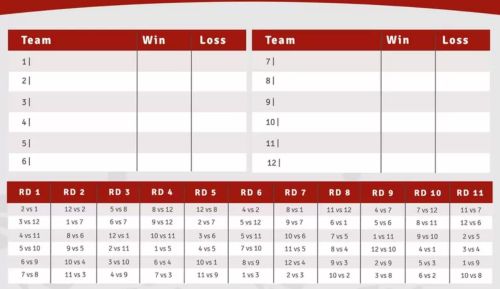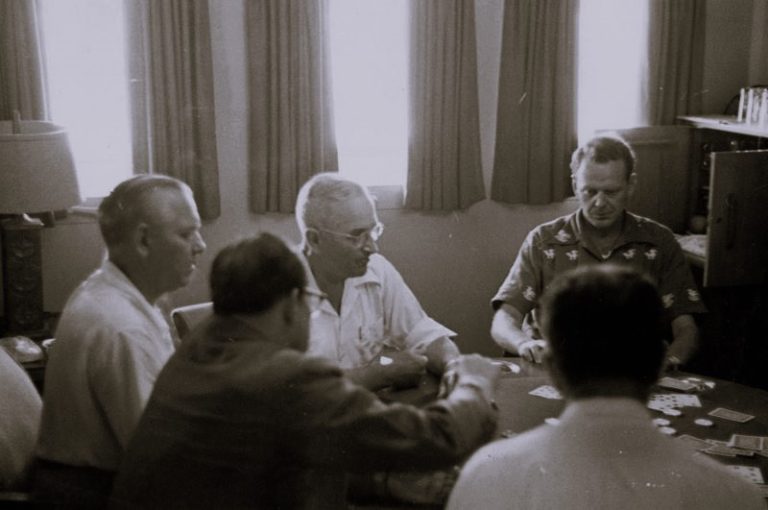

A round robin format ensures that every participant faces each opponent, creating a balanced and fair structure. Each player or team has an equal opportunity to compete across the entire schedule. Organizers favor this method because it reduces imbalance in matchups and provides clear outcomes.
A Round Robin Generator is sometimes used to prepare schedules quickly, saving effort and avoiding confusion. With structured matchups, participants know their path, and organizers can focus on results. Understanding the rules helps everyone involved enjoy a smooth and efficient experience.
1. Equal Number of Matches
Each participant competes against every other participant one time. This structure ensures a consistent number of matches across the event, which maintains fairness and balance. Every player has the same number of opportunities to demonstrate performance in the format.
When there are more teams or players, the total number of rounds increases, but the principle remains the same. The method ensures that each schedule is equal, preventing unequal participation. This simple yet structured approach keeps competition straightforward.
2. Scoring and Ranking System
Points are typically awarded for wins, draws, or losses. The total points help determine rankings and provide a clear picture of each participant’s standing. This scoring approach eliminates uncertainty and makes the results measurable.
When two or more participants finish with the same points, specific tiebreaker rules are applied. These include criteria such as points scored, head-to-head results, or margin differences. Such methods create fair rankings and establish the final order.
3. Scheduling of Matches
A balanced schedule ensures that no team or player experiences too many consecutive games. Proper spacing of matches allows participants to perform consistently across the event. Structured scheduling also prevents long breaks that disrupt flow.
Organizers sometimes use systematic methods to rotate matchups. This process ensures that each round features fresh pairings and avoids repeated encounters. The approach maintains variety and fairness throughout the event.
4. Handling Odd Numbers of Teams
If the group contains an odd number of participants, one team usually receives a bye each round. The bye rotates across the event, ensuring that no participant has an extra advantage. This method maintains equal total participation for everyone.
A simple way to manage this is by rotating the bye in sequence. Each round features one participant resting while others compete. The process keeps schedules balanced and prevents unfair differences in match counts.
Clear Communication of Rules
Before the event begins, participants must understand the rules completely. Clear details about scoring, scheduling, and match structures create confidence among all players. Transparency reduces disputes and builds smooth progress.
Organizers can highlight the rules in structured ways:
- Provide written schedules before the first round
- Share scoring details in advance
- Outline tie-breaking rules clearly
Efficient Support for Tournament Setup
Event organizers benefit from platforms that handle the structure of a round robin format with precision. Automated scheduling, accurate match rotations, and built-in tiebreaker systems remove the risk of error while saving time. These functions ensure that every participant follows the same rules without additional effort.
Access to such tools also means organizers can focus on running the event instead of fixing schedules manually. Clear outputs, flexible adjustments, and reliable updates provide stability throughout the competition. The result is a smoother process that keeps the focus on fair play.
A Round Robin Generator helps simplify preparation, but strong rules ensure fairness. Equal matches, structured scoring, balanced schedules, proper handling of odd numbers, and clear communication all define the format. Following these principles allows every participant to benefit from a transparent and reliable competition.


